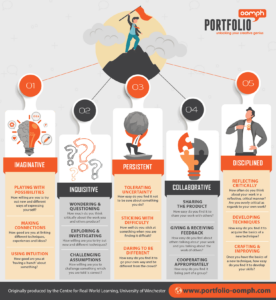
10 Oct How to Write a UCAS Personal Statement for Art and Design
UCAS Personal Statement for Art and Design
For parents and teenagers preparing for UCAS Personal Statement for Art and Design
If you (or maybe it’s your teenager) is applying for an art and design course, the personal statement can feel like a big task. It’s often hard to know what to say or where to start.
The good news? Admissions tutors aren’t looking for a polished essay – they’re looking for a person who’s curious, creative and ready to grow – creatively.
More good news is that from 2025 there are 3 questions that have been set by UCAS to help you to structure your statement. These are:
Question 1: Why do you want to study this course or subject?
Question 2: How have your qualifications and studies helped you to prepare for this course or subject?
Question 3: What else have you done to prepare outside of education and why are these experiences useful?
The UCAS website goes into more detail on how you can provide examples for these questions. I’ll not repeat that, visit the UCAS website for that information.
However, I will aim to answer many common questions that I get asked with regards to the UCAS Personal Statement for Art and Design.
I will also specify some strong approaches from the perspective of an art and design mentor also former portfolio assessor at Edinburgh College of Art.
1. How do I start my art and design personal statement?
Personally, I would begin the DRAFT of your UCAS personal statement for art and design by not necessarily answering the 3 questions posed by UCAS.
I’d begin with what inspires you. Then once you’ve answered the questions below you can make a call on which elements fit into the questions asked by UCAS.
It might be a moment, an experience or a piece of art that sparked your interest. Keep it real – admissions tutors want to hear your voice, not something overly formal or dramatic.
I’ve read so many statements that start with “from an early age I have looooved art/drawing/painting etc.” and how “I’m devoted to study, motivated, organised, and passionate” etc.
This is really clichéd and is just a waste of time. If you’re applying to a University/Art College, they will expect all that as a given.
2. What should I include in a personal statement for an art and design course?
Talk about your creative interests, your favourite projects and the skills you’ve developed. Mention why art and design matter to you and what you hope to explore further at university. This can be used in question 2.
In this section it’s really beneficial to download the course specification from the SQA or the exam board that you’re studying.
So if you’re studying SQA Higher Drama, do a Google search for “SQA Higher Drama course specification”.
The terminology used and the outcomes that you’re studying can be very useful to study to enable you to use a language that demonstrates not only what you’ve been learning, but why and how.
Students often focus on what they’ve produced and the practical skills gained.
So, “a painting on theme of emotions, using oil and oil pastel, inspired by Picasso”. But what else were you doing when you created this masterpiece? The unit or course specifications give you a real understanding of the skills you’re working on WHILST creating your art and the language that is relevent at a higher level.
3. How do I talk about my portfolio in my UCAS personal statement?
You don’t need to describe every piece. Instead, explain how you approach your work. What themes interest you? How do you develop ideas? Showing how your portfolio has evolved says more about you than listing titles.
UCAS mention transferable skills that you’ve learnt through your education.
Use the illustration below to demonstrate how could you include some of these skills in your UCAS personal statement for art and design.
But also give examples of the situations/projects where these have been used.
If your teen needs extra support with their UCAS personal statement for art and design, I offer one-to-one mentoring also a portfolio preparation course PLAN CREATE SUCCEED.
Both include guidance for UCAS personal statements and creation of portfolios and digital portfolios.
Together, we can make their application stand out and feel confident about their creative journey. Book a session today.
4. What experiences should I mention for art and design?
Include anything creative – school projects, exhibitions, RELEVENT part-time jobs, workshops or creative hobbies. Visits to galleries or design events are especially important – ensure you’re seeing contemporary art, not only masters.
Focus on what you learned from those experiences and how you’ve applied it to your art or how it’s influenced you.
These answers will be useful for questions 2 and 3 in your UCAS personal statement for art and design.
5. How can I show creativity and individuality in my personal statement?
Write naturally. Avoid clichés and buzzwords.
Talk about how you experiment, solve problems or push your ideas further. The best UCAS personal statement for art and design sounds genuine not rehearsed.
6. What mistakes should I avoid when writing a personal statement for art school?
Don’t say “I’ve always loved art” – it’s too common.
Be aware of just listing what you’ve done without referencing the why and how it’s important to your application.
Avoid name-dropping artists unless you explain why/how they inspire you.
And don’t rely on fancy language; clear and honest writing always stands out.
7. How long should my art and design personal statement be and how should I structure it?
UCAS allows up to 4,000 characters (around 47 lines). A simple structure works best:
- Intro: Why art and design?
- Middle: answer the 3 questions posed by UCAS
- End: Your future hopes.
A note for parents
Encourage your teen to write in their own voice. It doesn’t have to be perfect – it just needs to sound like them.
A personal statement is a chance to reflect, not impress. Give them space to think, draft, and edit. A calm, supportive approach will help their creativity shine through.
If your teen needs extra support with their UCAS personal statement for art and design, I offer one-to-one mentoring and guidance for UCAS personal statements and portfolios.
Together, we can make their application stand out and feel confident about their creative journey.
Book a session today.

This article was written by Julie Read, a leading educator in the Creative Industries, as featured in The Guardian newspaper, on a mission to create a legacy to ‘unlock your creative genius’.
My passion and mission is your art portfolio, to help to get you that place at college or university.
CLARITY, in particular around the creative process, sketchbooks, and what the Colleges actually want to see are the founding principles.




Sorry, the comment form is closed at this time.